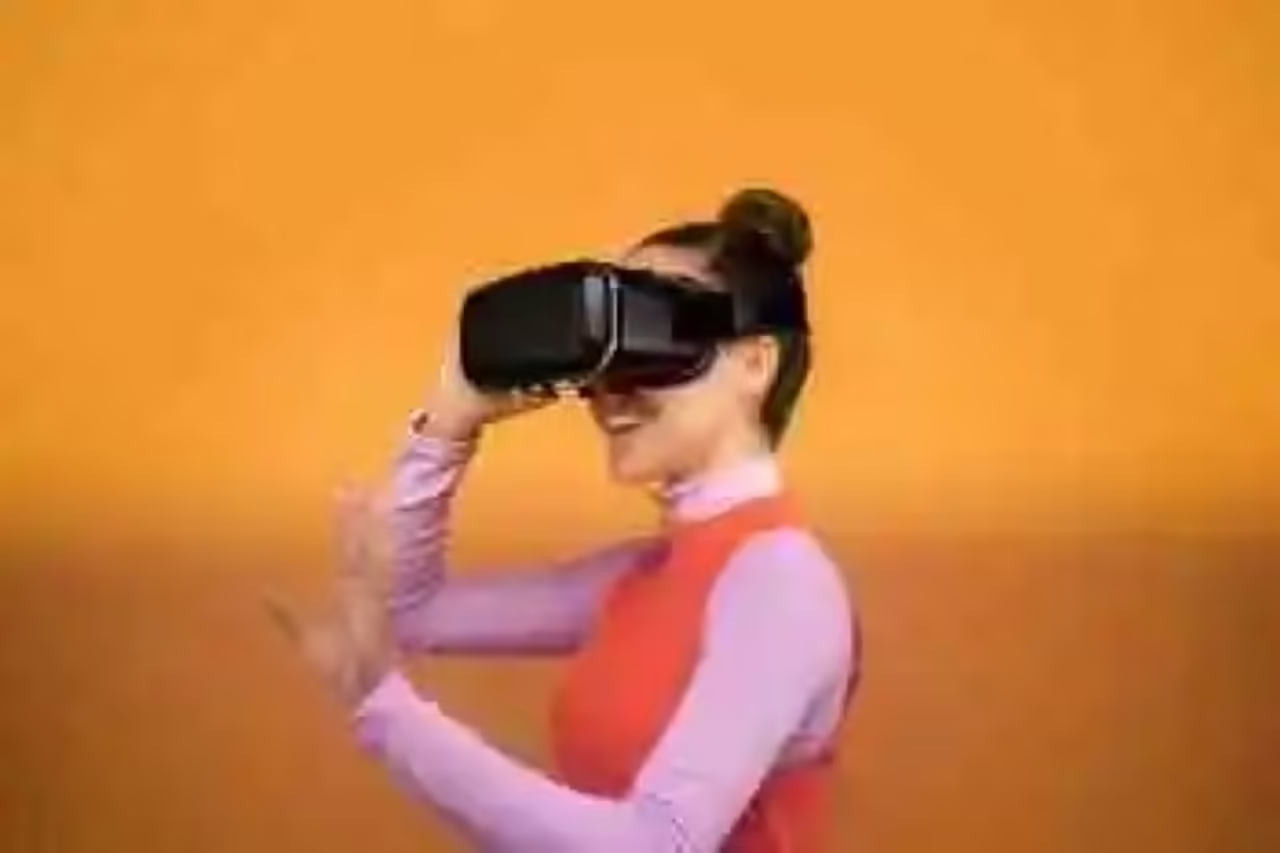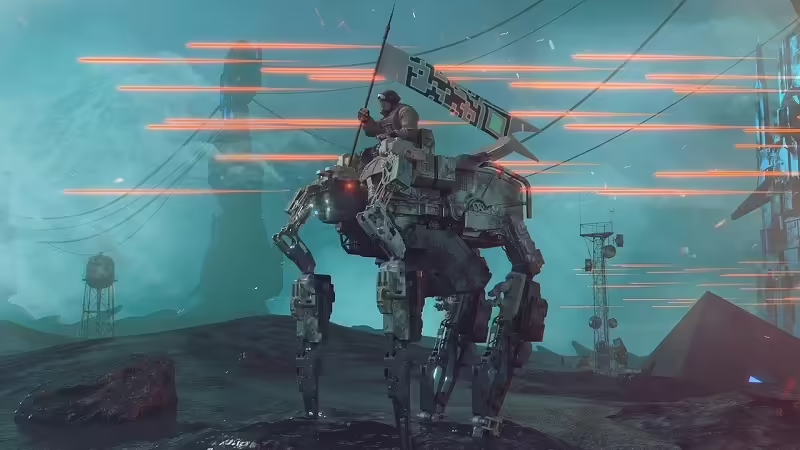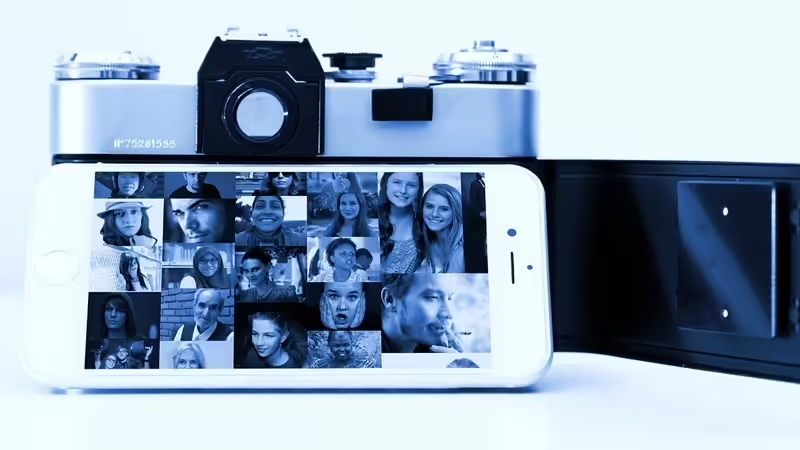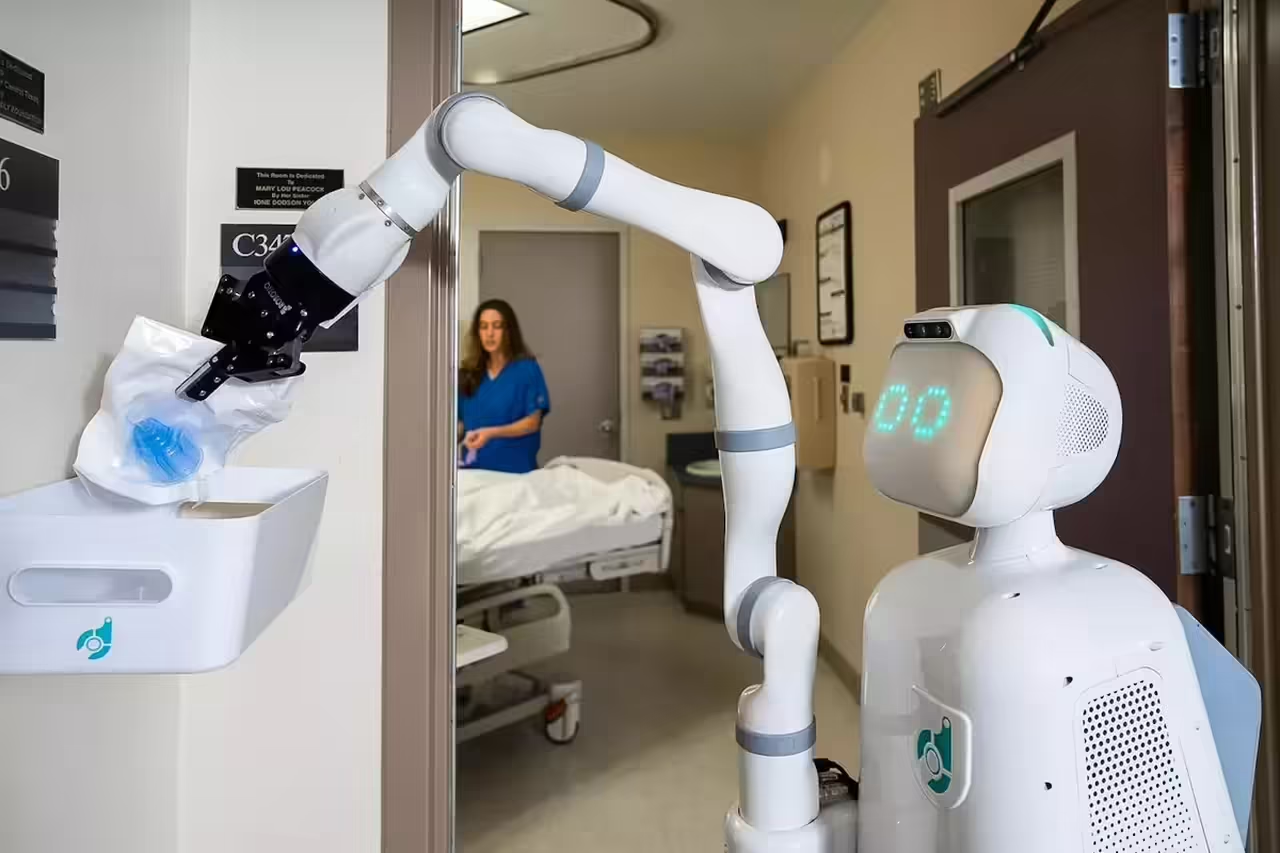
Since the resurgence of virtual reality in consumer electronics in the mid-2010s, virtual reality headsets, and compatible video games have returned to the market, more popular than ever before.
Although gaming is undoubtedly one of the driving factors behind the current prevalence of VR headsets, other industries and sectors are also interested in the technology, ranging from other entertainment sectors to military and law enforcement. Here are the top five non-gaming applications for virtual reality and how they are changing their respective industries.
1. Cultural Facilities
Numerous world-class cultural facilities, such as the Louvre in Paris, the British Museum in London, or the Smithsonian Institution in Washington D.C., have collaborated with VR software developers to create virtual reality experiences.
These museums allow visitors to discover unique experiences through special VR apps, such as the techniques and environment in which Da Vinci painted the Mona Lisa or a fully immersive world recreating Modigliani’s studio.
Art museums and other cultural facilities use virtual reality to showcase their existing collections, galleries, and other exhibits and create new experiences that would be impossible or impractical to display in the real world.
2. Movie Industry
Besides gaming, the movie industry is the other major entertainment sector with great potential in virtual reality. Although it is already possible to watch standard, two-dimensional movies on a VR headset, tech-savvy film studios have begun exploring ways to change movie-making and immerse the viewer into a VR world for the purpose of storytelling, further enhancing the visual experience.
The main draw of VR headsets is interactivity and total immersion into virtual worlds; a VR movie could tell a story by integrating the viewer into the world, making them a character or an active participant.
Two of the first VR movies to exemplify this concept were Henry, a 2015 animated short film, and Dear Angelica, which first premiered at the 2017 Sundance Film Festival. These movies were created by the Oculus Story Studio, specifically for the Oculus Quest headset, placing the user directly in the middle of the movie world and bridging the gap between movies and interactive mediums, such as video games.
3. Courtrooms and Justice
In 2016, the Bavarian State Criminal Office in Germany used virtual reality to recreate the Auschwitz concentration camp to continue the prosecution efforts of WW2-era war criminals.
These innovative advancements have caught the interest of other jurisdictions’ justice and legislative organizations, leading to the development of VR courtrooms and virtual recreations of crime scenes and criminal evidence, giving judges, juries, and other courtroom staff alternatives to classic 2D photographs and imagery.
Other potential applications for VR courtrooms include lawyer training, providing them with a realistic environment to practice their skills and present their case before entering the actual court.
4. Military Training
Although the term “virtual reality” was coined in the mid-1980s, the military was one of the earliest adopters of virtual reality technology as a training tool, dating back to the first flight simulators in the 1970s.
Modern VR technology allows military organizations to recreate realistic environments, weapons, and equipment, building combat scenes and tactical scenarios that are as close to life-like as possible without endangering personnel.
VR environments can also be used as a training tool for vehicle crews with realistic recreations of the vehicles they’ll serve in, helping them familiarize themselves with controls, gauges, and instrumentation before transitioning to their real-world counterparts.
5. Retail and Virtual Shopping
Traditionally in fierce competition with internet-based businesses and e-commerce solutions, the retail industry is exploring augmented reality (AR) and virtual reality (VR) technologies as a way to evolve and revitalize the traditional retail experience.
Initially conceived as an extension of online shopping, VR shopping experiences allow customers to see virtual recreations of the products and items on display, creating a virtual showroom with interactive features.
Shoppers can see the articles under all angles, examining them, switching colors and textures at will before deciding to purchase, offering a more immersive shopping experience than browsing websites and looking at pictures.
Depending on the items for sale, companies can also develop personalized virtual reality store experiences. For example, car companies may offer customers the possibility to test-drive their latest models without ever leaving the showroom through virtual reality and driving simulator technology.
The Takeaway
Virtual reality today is nothing like its incarnation in the 90s. Far more than just a novelty, it is a technology with numerous applications outside of video games, and it is here to stay. According to the latest statistics, there are over 171 million VR users worldwide.
As VR technology becomes more commonplace and the barriers to entry such as the cost of headsets and hardware decrease, this number is expected to continue increasing, giving industries more opportunities to develop virtual reality solutions.







